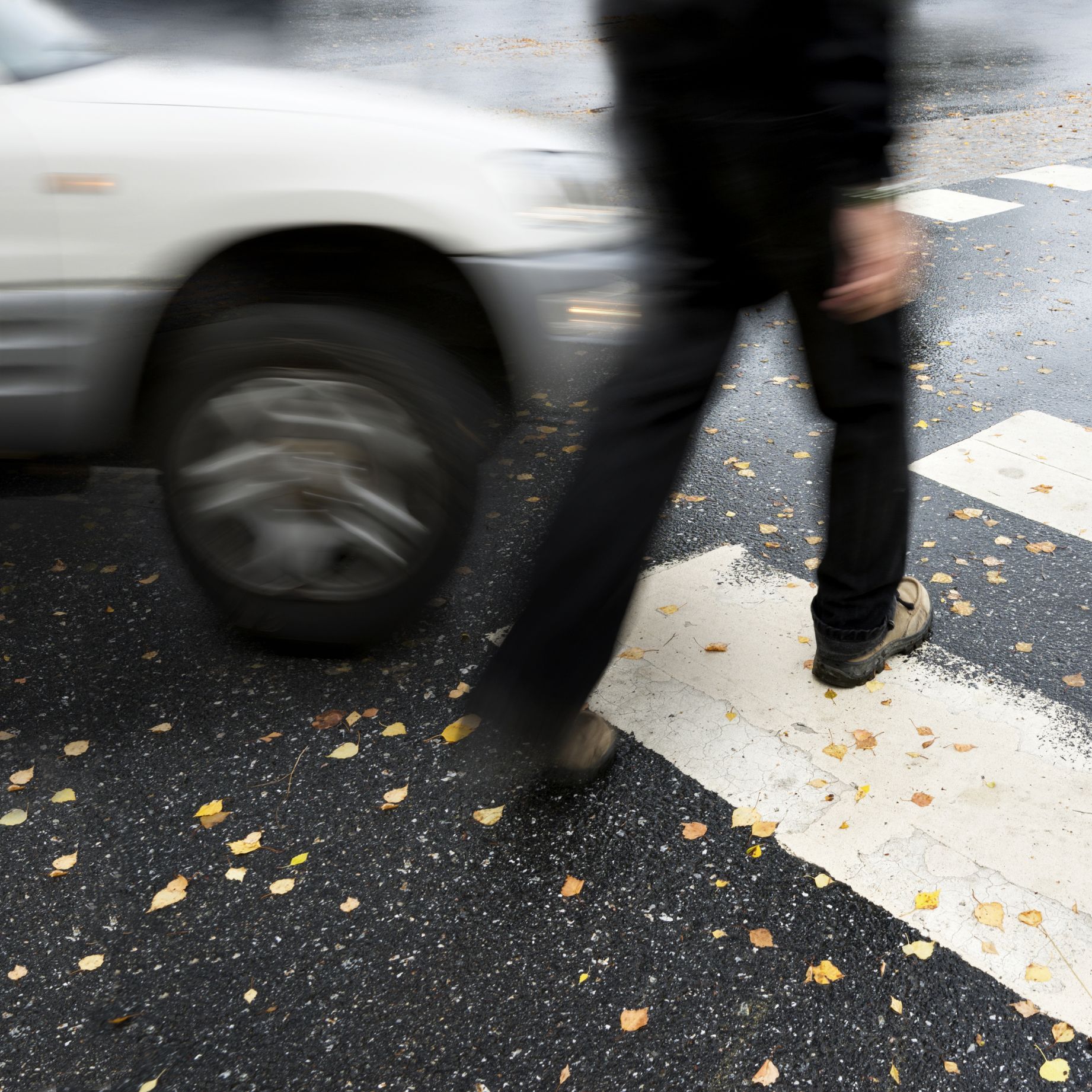When Is a Pedestrian at Fault for an Accident?
 Pedestrians generally have the right of way, meaning that cars and other vehicles must yield to them when crossing the street. That being said, there are exceptions when pedestrians may be partially or fully at fault for an accident. A personal injury attorney can help determine liability when faced with a pedestrian involved accident.
Pedestrians generally have the right of way, meaning that cars and other vehicles must yield to them when crossing the street. That being said, there are exceptions when pedestrians may be partially or fully at fault for an accident. A personal injury attorney can help determine liability when faced with a pedestrian involved accident.
So when is a pedestrian at fault? The Daytona Beach, FL, and Palm Coast, FL, attorneys of Chanfrau & Chanfrau would like to take this time to explain when a pedestrian may be at partial or total fault for an accident.
Pedestrians Don’t Always Have the Right of Way
Each state has their own pedestrian laws but according to the official site of the Florida Legislature any pedestrian crossing a roadway anywhere outside of a marked crosswalk or unmarked crosswalk at an intersection must yield the right of way to vehicles on the road. This means that pedestrians not crossing within crosswalks may be at fault for an accident.
Some common examples of when pedestrians may not have the right of way include:
- Jaywalking, which means crossing outside of a designated crosswalk or intersection
- Walking or running into the path of an oncoming vehicle
- Crossing at a controlled intersection when the “don’t walk” signal is on
- Walking in a bike lane when a sidewalk is available
Can Pedestrians Be at Fault for an Accident?
Pedestrians don’t have the right of way when they don’t follow their state’s pedestrian and crosswalk laws. Pedestrians who don’t follow their state’s laws when crossing the street or walking on a roadway may be liable if an accident occurs.
For example, if a pedestrian runs across the middle of a busy street, outside of a crosswalk, and gets hit by a car, the pedestrian may be considered at fault for the accident and be held liable for damages suffered by the driver regardless of the extent of the pedestrian’s injuries.
When Are Pedestrians Partially at Fault?
Although a pedestrian may be fully liable for an accident, it is possible that the pedestrian and the driver share fault.
Both drivers and pedestrians need to exercise a reasonable level of care when on the roadways. In circumstances where both the driver and the pedestrian exercised some degree of carelessness and an accident occurred as a result, they both would share liability.
An example of shared fault would be if a pedestrian jaywalked in front of a vehicle driving above the speed limit. If the driver wasn’t speeding, they may have been able to slow or stop in time to avoid hitting the pedestrian. Likewise, if the pedestrian had used the nearest crosswalk and crossed at the appropriate location, they would likely have not been struck by the vehicle.
Even if partially at fault, it may be possible to recover compensation for damages or lower your financial liability to an injured pedestrian.
Contact Chanfrau & Chanfrau
If you have been involved in an accident with a pedestrian, it’s important to speak with an attorney as you may not be at total fault. To schedule a consultation with the personal injury attorneys of Chanfrau & Chanfrau, call our Daytona Beach office at (386) 258-7313.


